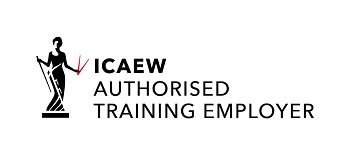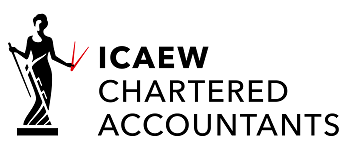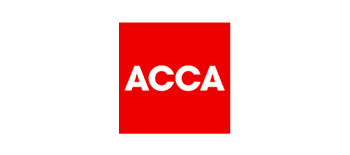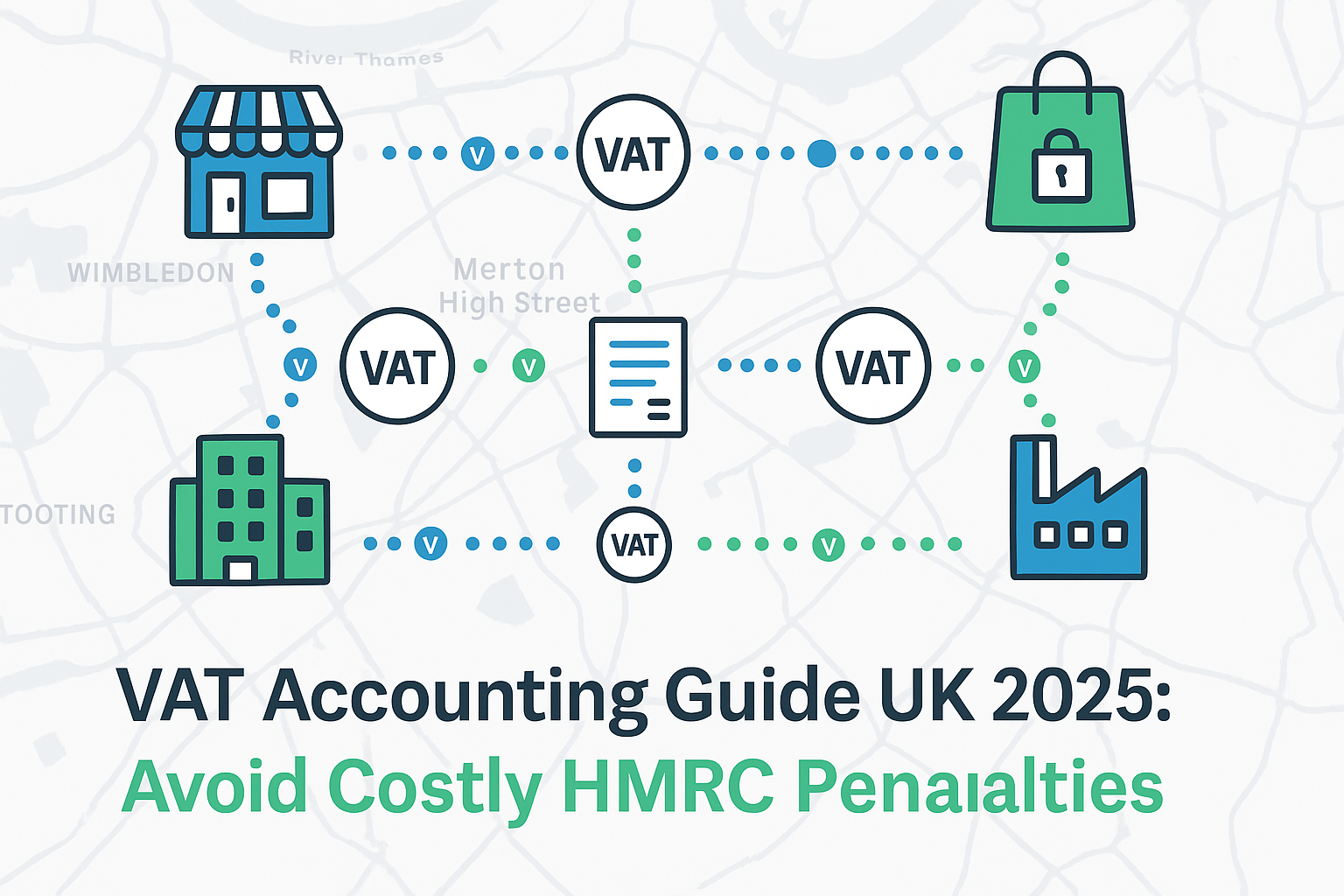
Here’s something that’ll make you pause mid-sip of your morning coffee: 78% of UK businesses make at least one VAT-related error each year. And I’m not talking about missing a decimal point—I mean proper, HMRC-will-notice mistakes that can trigger investigations, penalties, and the kind of sleepless nights that no amount of chamomile tea can fix.
VAT accounting isn’t just another compliance box to tick. It’s the financial equivalent of walking a tightrope whilst juggling flaming torches. One wrong move, and suddenly you’re explaining to a very unimpressed tax inspector why your input VAT claims don’t match your purchase invoices.
After fifteen years watching businesses stumble through VAT accounting compliance (and occasionally picking up the pieces), I’ve learned that the companies who thrive aren’t necessarily the biggest or the smartest—they’re the ones who treat VAT like the strategic business tool it actually is.
When £85,000 Changes Everything
The moment your business crosses that magical £85,000 turnover threshold, VAT registration becomes mandatory. Not suggested. Not recommended. Mandatory.
But here’s where it gets interesting: many savvy business owners register voluntarily before hitting this limit. Why? Because being VAT-registered can actually boost your cash flow and credibility—particularly if you’re selling to other VAT-registered businesses.
Think about it from your customer’s perspective. They can reclaim the VAT you charge them, so your price effectively drops by 20%. Meanwhile, you’re claiming back VAT on all your business purchases. It’s like getting a discount on everything from office supplies to that shiny new laptop.
The catch? You’re now playing by HMRC’s rules, and their rulebook makes War and Peace look like a pamphlet.

The Digital Revolution (That Half of Britain Missed)
Making Tax Digital (MTD) for VAT landed in April 2019 like a meteorite nobody saw coming. Well, that’s not entirely true—HMRC announced it years in advance, but you’d be amazed how many businesses still scramble to comply.
Under MTD, your VAT records must be kept digitally, and your VAT returns must be submitted through compatible software. No more spreadsheets held together with prayer and good intentions. No more shoebox VAT accounting systems.
Here’s the peculiar thing: businesses that embraced MTD early reported fewer errors and faster processing. The software does the heavy lifting—calculating VAT, flagging inconsistencies, and ensuring your figures actually add up before you hit ‘submit’.
What Counts as MTD-Compatible Software?
Not all accounting software makes the grade. HMRC maintains a list of approved programs, ranging from free options like HMRC’s own Basic VAT software (though this has limitations and is being phased out for many) to comprehensive cloud accounting platforms that handle everything from invoicing to inventory management.
The smart money’s on cloud-based solutions. They update automatically, sync across devices, and—here’s the kicker—they back up your data without you lifting a finger.
The Art of VAT Rate Navigation
Standard rate, reduced rate, zero rate, exempt—VAT rates in the UK (or learn more about VAT rates from us) read like a menu at an overly ambitious restaurant. Each category has its own rules, exceptions, and peculiarities that can trap the unwary.
Standard Rate (20%): Most goods and services fall here. Simple enough.
Reduced Rate (5%): Energy-saving materials, children’s car seats, and oddly enough, sanitary products. The list is specific and occasionally bizarre.
Zero Rate (0%): Food (but not all food), books (but not e-books), and children’s clothes (but not if they’re too fancy). The devil, as they say, is in the detail.
Exempt: Insurance, education, postal services. No VAT charged, but crucially, no VAT reclaimable on related expenses.
I once watched a bakery owner nearly have a breakdown trying to work out whether their luxury wedding cakes qualified for zero-rate VAT. (They don’t, by the way—anything beyond basic food preparation attracts standard rate. See VAT on food).
| VAT Rate | Percentage | Common Examples | Key Gotcha |
|---|---|---|---|
| Standard | 20% | Most services, luxury items | Default assumption—when in doubt, it’s usually this |
| Reduced | 5% | Home energy, mobility aids | Very specific list—don’t assume anything |
| Zero | 0% | Basic food, books, children’s clothes | Still need to account for it on VAT returns |
| Exempt | N/A | Insurance, education | Can’t reclaim input VAT on related costs |

Record-Keeping: Your Insurance Policy Against HMRC
HMRC can investigate your VAT affairs going back four years. Four. Years. That invoice from 2020? Better hope you can find it.
But effective VAT record-keeping (or get help with book-keeping services) goes beyond stuffing receipts into a drawer (though I’ve seen businesses try). You need a system that tracks:
- All sales invoices with VAT clearly shown
- Purchase invoices where you’re claiming input VAT
- Credit notes and their VAT implications
- Import/export documentation if you trade internationally
- Bad debt relief claims and supporting evidence
The businesses that sail through HMRC inspections aren’t necessarily the ones with perfect compliance—they’re the ones with perfect documentation.
Input VAT: The Treasure Hunt
Claiming back input VAT (learn more about input VAT here) is where many businesses leave money on the table. If you’re paying VAT on business expenses, you can usually reclaim it—but only if you follow the rules precisely.
The invoice must include:
- Supplier’s name and address
- Supplier’s VAT number
- Invoice date
- Description of goods/services
- VAT rate applied
- VAT amount charged
Missing any of these details? HMRC won’t accept your claim. It’s not personal—it’s just policy. (See VAT invoices).
Here’s where things get murky: mixed-use expenses. That mobile phone you use for business and personal calls? You can only claim the business portion of the VAT. The car you drive to client meetings and weekend shopping trips? Same principle applies.
Pro tip: Keep detailed records of business vs personal use. HMRC auditors have calculators and they’re not afraid to use them.
The Quarterly Dance with HMRC
VAT returns are due quarterly (need help with VAT returns?), and they’re due one month and seven days after the end of each VAT period. Miss that deadline, and you’re looking at a £400 surcharge—minimum.
But here’s what catches most businesses off-guard: the payment is due on the same date as the return. There’s no grace period, no “invoice is in the post” excuses. Electronic payments must be cleared by 11:59 PM on the due date.
Setting Up Direct Debit (The Sanity Saver)
HMRC’s Direct Debit system for VAT gives you an extra three working days to make payment. It’s automatic, reliable, and prevents those heart-stopping moments when you realise you forgot to make a payment.
Just remember: the system pulls whatever amount you declare on your return. Get your figures wrong, and you’ll be sorting out refunds or additional payments later.
International Trade: Where VAT Gets Complicated
Brexit transformed UK VAT rules for international trade overnight. What used to be straightforward EU transactions now involve customs declarations, duty payments, and enough paperwork to deforest a small woodland.
Importing from the EU: VAT is now due at the point of import, not on your quarterly return. Unless you’re using postponed VAT accounting, in which case… well, it’s complicated.
Exporting to the EU: Zero-rated for VAT purposes, but you need evidence of export—and HMRC’s definition of “evidence” is surprisingly specific.
The honest truth? If you’re trading internationally and trying to handle VAT compliance alone, you’re either braver or more foolish than I am. Professional tax advisory solutions aren’t just helpful—they’re essential.
| Transaction Type | VAT Treatment | Evidence Required | Common Mistake |
|---|---|---|---|
| UK to EU Sales | Zero-rated | Customer VAT number, delivery confirmation | Assuming customer VAT number is valid |
| EU to UK Purchases | Standard rate at import | Customs documentation | Forgetting to account for import VAT |
| Non-EU Exports | Zero-rated | Shipping documentation | Inadequate proof of export |

The Annual Accounting Scheme (For the Commitment-Phobic)
If quarterly returns feel overwhelming, HMRC offers the Annual Accounting Scheme for businesses with turnover under £1.35 million (Ask us about the Annual Accounting Scheme). You file one return per year and make nine monthly payments based on your previous year’s VAT liability.
The upside: Simplified admin, improved cash flow planning, and fewer opportunities to make mistakes.
The downside: If your business grows rapidly, you might overpay VAT for months before getting a refund.
It’s not for everyone, but for stable businesses with predictable VAT liabilities, it can be a godsend.
Cash Accounting: The Small Business Secret Weapon
Standard VAT accounting works on an invoice basis—you owe VAT when you raise an invoice, regardless of whether you’ve been paid. For cash-strapped small businesses, this can be brutal.
Enter the Cash Accounting Scheme (learn more about the Cash Accounting Scheme from our experts). Under this system, you only account for VAT when money actually changes hands. Customer pays late? No problem—the VAT liability waits too.
Eligibility requirements:
- Annual turnover under £1.35 million
- VAT returns up to date
- No significant VAT penalties in the last year
The catch? You can only reclaim input VAT when you actually pay suppliers. It works both ways.
Error Correction: When Things Go Wrong
Everyone makes mistakes. The question is: how do you fix them without triggering an HMRC investigation?
Small errors (up to £10,000 or 1% of turnover): Correct on your next VAT return using the error correction boxes. (We can help you correct VAT errors).
Large errors: Separate disclosure to HMRC, usually requiring form VAT652.
The golden rule: Voluntary disclosure is always better than waiting for HMRC to find the mistake. They’re surprisingly reasonable when you come forward first.
⚠️ Warning: Don’t try to “balance out” errors by making offsetting mistakes in the opposite direction. HMRC’s computers are smarter than you think, and this approach often makes things worse.
Technology: Your VAT Compliance Ally
Modern accounting software doesn’t just calculate VAT—it can prevent errors before they happen. Features like:
- Automatic VAT rate selection based on product codes
- Real-time MTD submission
- Integration with bank feeds for accurate record-keeping
- Customizable reports for VAT analysis
The best cloud accounting platforms connect everything: your bank accounts, payment processors, invoicing system, and expense tracking. When everything talks to everything else, discrepancies become obvious before they become problems.
Companies like Ask Accountant have been helping London businesses navigate these technological transitions, particularly around cloud accounting implementation and MTD compliance. The learning curve can be steep, but the payoff in accuracy and time-saving is substantial.
Sector-Specific VAT Oddities
Every industry has its VAT peculiarities. Construction has the CIS scheme complications (see also official guidance). Retail has margin schemes for second-hand goods. Hospitality juggles food VAT rates and service charges.
Construction Industry Scheme (CIS): Subcontractors face VAT registration at £85,000 turnover AND CIS registration requirements. Double jeopardy.
Retail Margin Schemes: Buying and selling second-hand goods? You might qualify for margin scheme treatment—VAT on profit margin rather than full selling price.
Digital Services: Post-Brexit, UK businesses selling digital services to EU consumers need to register for VAT in the customer’s country or use the Non-Union VAT MOSS scheme. Yes, it’s as complicated as it sounds.
The HMRC Inspection Reality
HMRC VAT inspections (get expert help with HMRC inspections) aren’t random acts of bureaucratic violence. They’re targeted, data-driven exercises that often start with a simple desk-based review of your returns. (See Compliance checks: an introduction – CC/FS1a).
Red flags that trigger attention:
- Significant changes in VAT patterns without obvious business reasons
- High levels of input VAT claims relative to outputs
- Late or incorrect returns
- Mismatched data between VAT returns and other submissions
During an inspection, HMRC will examine:
- Purchase and sales day books
- Bank statements and cash records
- Supplier invoices and customer contracts
- Stock records and inventory movements
The businesses that handle inspections well share one trait: comprehensive, organized records. When every transaction is documented and easily retrievable, inspections become administrative exercises rather than archaeological digs.
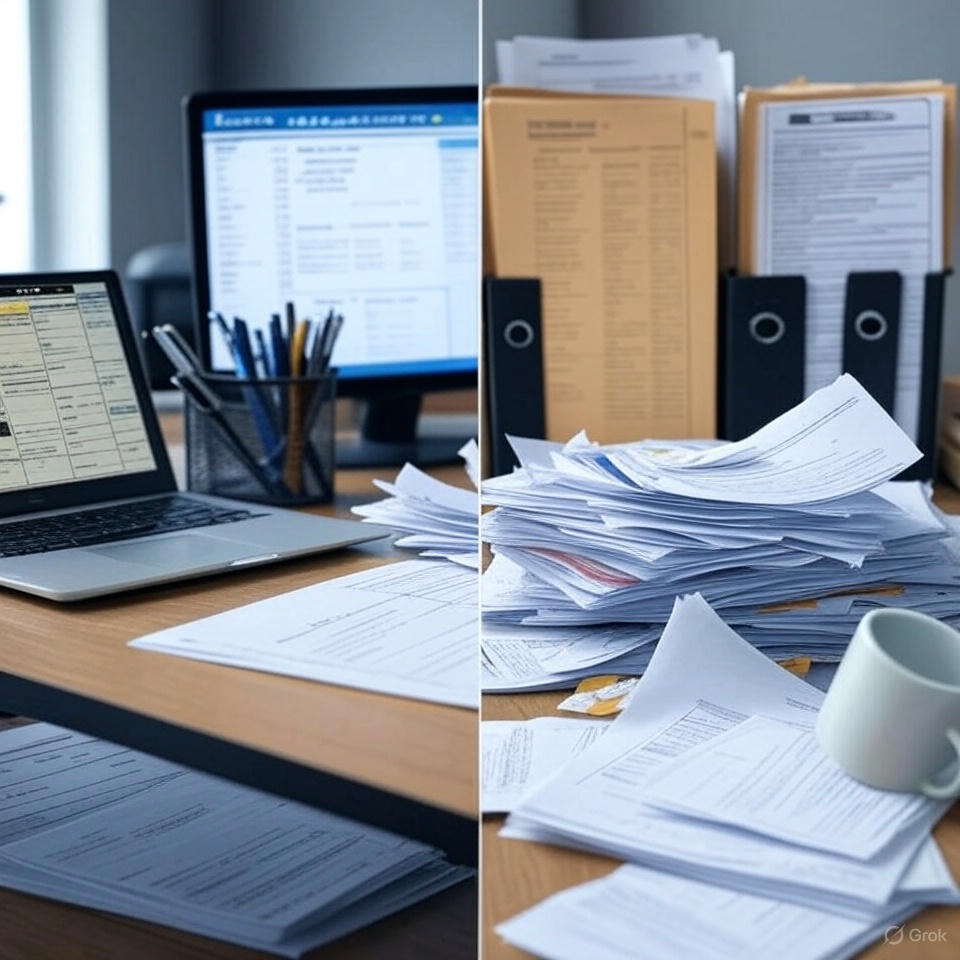
Looking Forward: VAT Compliance as Competitive Advantage
Here’s my contrarian take: excellent VAT compliance isn’t just about avoiding penalties—it’s about building better business processes.
Companies with robust VAT systems tend to have:
- More accurate financial reporting
- Better cash flow management
- Stronger supplier relationships (prompt payment of VAT-inclusive invoices)
- Enhanced credibility with lenders and investors
When Ask Accountant works with growing businesses around Merton and across London, we’ve noticed that companies who master VAT early often outperform competitors who treat it as an afterthought. The discipline required for VAT compliance translates into operational excellence elsewhere.
Final Thoughts: Embrace the Complexity
VAT accounting for UK businesses isn’t going to become simpler. Digital requirements will expand, international trade rules will evolve, and HMRC will continue tightening enforcement.
But complexity creates opportunity. Businesses that get VAT right—really right—gain advantages that compound over time. Better cash flow, fewer administrative headaches, stronger financial controls, and the peace of mind that comes from knowing you’re fully compliant.
The choice is yours: continue treating VAT as a necessary evil, or start leveraging it as the business tool it actually is.
For businesses in London looking for expert guidance on VAT compliance and accounting solutions, professional support can make the difference between struggling with regulations and mastering them. Whether you’re dealing with MTD implementation, international VAT obligations, or simply want robust systems in place, the right advisory support transforms compliance from burden to competitive advantage.
📍 178 Merton High St, London SW19 1AY
📞 +44(0)20 8543 1991
(Visit our website: askaccountantsukltd.co.uk)
Frequently Asked Questions
Q: What happens if I register for VAT late?
A: HMRC can backdate your registration to when you should have registered, potentially creating a significant VAT liability. Plus, there’s usually a penalty involved.
Q: Can I deregister from VAT if my turnover drops?
A: Yes, if your turnover falls below £83,000 and is expected to stay there. But consider whether voluntary registration still benefits your business.
Q: How long do I need to keep VAT records?
A: Six years minimum. HMRC can investigate going back four years, but other regulations might require longer retention.
Q: What’s the difference between standard and flat rate VAT schemes?
A: Standard rate involves calculating VAT on individual transactions. Flat rate charges a fixed percentage of your gross turnover, simplified but often more expensive.
Q: Can I claim VAT on entertainment expenses?
A: Generally no. Business entertainment (excluding staff entertainment) is specifically excluded from input VAT claims.
